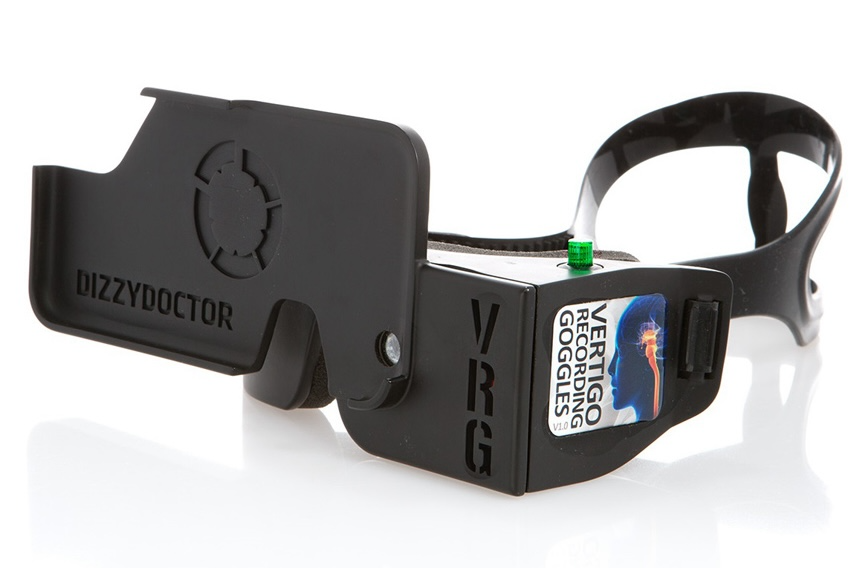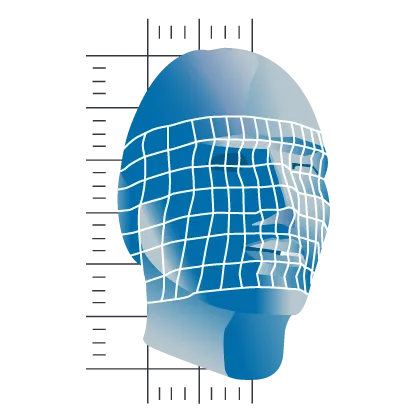The Dizzy Doctor Goggles:
Revolutionizing the Diagnosis and Treatment of Balance Disorders


Introduction
For individuals struggling with balance disorders and dizziness, finding effective treatment options can be challenging. However, the landscape of vestibular diagnosis and therapy has been transformed with the advent of innovative tools like the Dizzy Doctor goggles, offering new hope and solutions.
What are the Dizzy Doctor Goggles?
The Dizzy Doctor goggles are a groundbreaking piece of diagnostic equipment designed to aid in the assessment and management of balance disorders, including vertigo and dizziness. These goggles leverage advanced technology to accurately measure and analyze eye movements, which are crucial indicators of vestibular function.
Developed by leading neurologist Dr. Ian Purcell, the goggles represent a significant leap forward in vestibular medicine. Dr. Purcell's extensive research and clinical experience have culminated in the creation of this device, aiming to enhance the precision and effectiveness of balance disorder diagnoses.

How do the Dizzy Doctor Goggles Work?
The Dizzy Doctor goggles function by employing sophisticated sensors and imaging technology to monitor the eyes' responses to various stimuli. In patients with balance disorders, abnormal eye movements can reveal disruptions in vestibular function.
During a diagnostic session, the patient wears the goggles while being exposed to specific visual or physical stimuli. The goggles record the eye movements, and the built-in software analyzes the data in real-time, providing the clinician with valuable insights into the patient's vestibular health.
This technology allows for the identification of specific types of balance disorders, enabling targeted treatment strategies. It significantly reduces the diagnostic ambiguity often associated with these conditions, offering a clearer path to rehabilitation.
What are the Benefits of the Dizzy Doctor Goggles?
The Dizzy Doctor goggles offer several advantages over traditional diagnostic methods, including:
- Precision: The ability to accurately track and analyze eye movements results in more precise diagnoses, tailoring treatment plans to individual needs.
- Efficiency: Rapid data analysis facilitates quicker diagnosis, allowing for earlier intervention and treatment.
- Safety: Non-invasive and requiring minimal physical manipulation, the goggles reduce the risk of discomfort or injury during diagnostic procedures.
- Innovation: As a pioneering tool in vestibular diagnostics, the goggles incorporate the latest technological advancements, setting new standards in the field.
Conclusion
The Dizzy Doctor goggles stand as a testament to the possibilities of modern medicine and technology in addressing complex health challenges like balance disorders. By providing a novel, precise, and patient-friendly diagnostic tool, they pave the way for more effective treatments and improved outcomes for those suffering from dizziness and balance issues. If you're navigating the difficulties of a balance disorder, consulting with a healthcare provider about the Dizzy Doctor goggles might be the next step towards regaining stability and quality of life.
